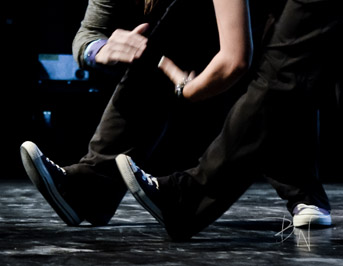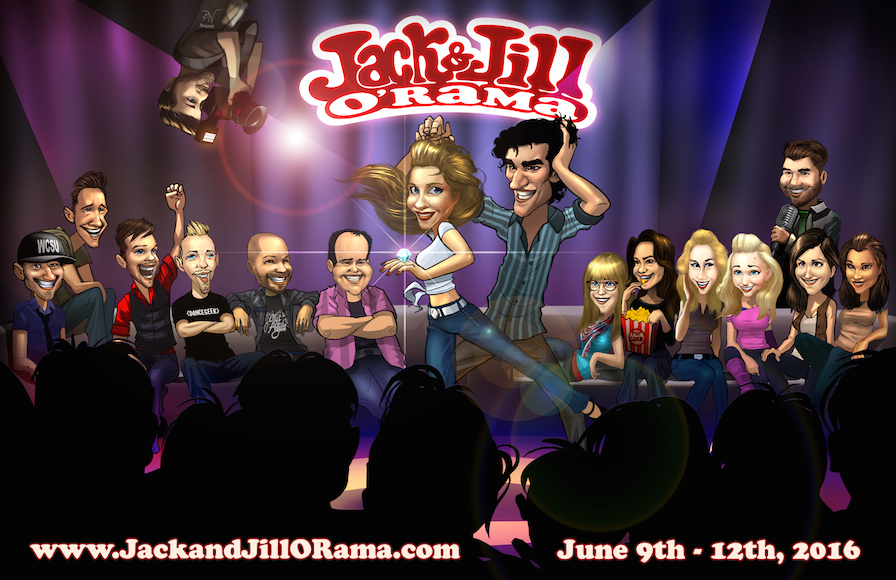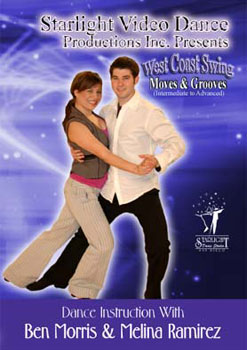Dances/Classes
- Calendar
- Mondays in Irvine
- Sundays in Placentia
OCWCSDC Dance - Tuesdays in El Segundo
Swingin the Club - Wednesdays in Reseda
Valley Swing Dance - Thursdays in Irvine
Swingin the Blues - Saturdays in SoCal
Rotating Monthly Dances - Special Events
- Private Lessons
- Other Dance Styles
Instructional DVDs
Bonus Stuff
|
Styles of Swing Dancing Don't know the difference between the various styles of Swing dancing? Not sure which one you are interested in learning to do? We recommend learning multiple style of Swing dancing, and below we explain some of the most common styles styles of swing dancing for you: West Coast Swing, East Coast Swing, Jitterbug, and Lindy Hop. Realize though, that within these styles of swing, there is also a broad spectrum of dancers' own personal styles. For even more detailed explanations and histories of these and other styles of swing dancing, check out the dance styles section of Sonny Watson's dance history archives. **For video clips of Lindy Hop and West Coast Swing check out our video clips on YouTube.** Lindy Hop: Lindy Hop, "the grandfather of all swing dances," was a national craze during the Big Band era of the 1930s and 40s. Experiencing a revival that began in the 1980s, the dance regained a popularity that continues today. Danced to Big Band Swing music, Jump Blues, Dixieland, and Hot Jazz, Lindy Hop is generally done to music ranging from 150 bpm to 250pm. Lindy utilizes primarily 6 and 8 count patterns made up of mainly double and triple rhythms; and also incorporates many elements of the dance Charleston as well. Raw and energetic, the dance is both smooth and athletic at the same time. The official state dance of California, West Coast Swing is a contemporary form of swing dancing that can be danced to much of music you hear in clubs and bars and on the radio. Having evloved from Lindy Hop, it utilizes 6 and 8 county patterns along with double and triple rhythms, but the look and style of the dance is drastically different. Much smoother and tighter than Lindy Hop, West Coast Swing drops all elements of Charleston and is danced to much slower music ranging from 80 to 120bpm. The dance is done to a wide variety of music including Hip-Hop, Pop, Funk, R&B, Soul, and Blues. East Coast Swing: East Coast Swing is basically a simplified form of Lindy Hop and is danced to much of the same music. It looks similar to Lindy Hop, but uses mostly 6 count patters with simpler rhythms and styling. Because many of the patterns can also be done in Lindy Hop, East Coast Swing is often taught as a precursor to Lindy Hop. Jitterbug: Jitterbug is a media catch-all term for swing dancing that over the years the term has been used in references to various swing dances. Currently it does refer to any specific swing dance, although it is typically used in reference to the more traditional or vintage style swing dances such as Lindy Hop and East Coast Swing (as opposed to modern swing dances such as West Coast Swing). |
Copyright © 2007. Socal Swing Dance all rights reserved. Run by Ben Morris Dance









